Food is an essential part of human life. It is not just about nourishment; food has cultural,
emotional, and social significance. From the earliest days of human history, food has been a
central theme in every society, shaping the way people live, celebrate, and connect with
each other. This article will explore the various facets of food, its role in human culture, and
how different cuisines around the world reflect the diversity of our planet.
The Importance of Food in Nourishment
At the most basic level, food is necessary for survival. It provides the energy and nutrients
our bodies need to function, grow, and repair themselves. The primary components of food
include carbohydrates, proteins, fats, vitamins, and minerals. Carbohydrates are the body’s
main energy source, proteins are essential for muscle and tissue repair, and fats provide
energy storage and help in absorbing vitamins. Vitamins and minerals are required in
smaller amounts but are crucial for processes like immune function and bone health.
Modern science has given us a clearer understanding of the essential nutrients and how
they contribute to our well-being. However, even in ancient times, humans recognized the
connection between food and health. Many traditional practices, such as herbal medicine
and food-based therapies, were developed to address health issues through diet. In today’s
world, nutrition science continues to evolve, with a growing focus on plant-based diets,
sustainability, and the role of food in disease prevention.
Cultural Significance of Food
Food is deeply intertwined with culture. Each region of the world has developed its own
culinary traditions, influenced by geography, climate, religion, and historical events. These
food traditions often serve as an expression of identity, offering a window into a culture’s
history, values, and beliefs.
For instance, Italian cuisine is known for its emphasis on fresh ingredients, simplicity, and
the use of herbs like basil and oregano. The Mediterranean diet, which includes olive oil,
vegetables, legumes, and fish, has been linked to numerous health benefits, such as
reducing the risk of heart disease. In contrast, Indian cuisine is rich in spices like turmeric,
cumin, and coriander, with food often being prepared to achieve a balance of flavors—sweet,
sour, salty, bitter, and umami.
Food also plays a significant role in religious and spiritual practices. In Hinduism, for
example, many followers adhere to a vegetarian diet, which reflects the principles of
non-violence and respect for all living beings. In Islam, halal food is consumed, which means
it is prepared following strict dietary laws prescribed in the Quran. Jewish cuisine also has its
own set of dietary rules, known as kashrut, with foods that are considered “kosher” being
permissible to eat.
Moreover, food acts as a bridge to unite people during celebrations and rituals. Whether it’s
a Christmas feast in the West, a Diwali banquet in India, or a Lunar New Year spread in
China, food serves as a central part of festive gatherings, symbolizing abundance,
prosperity, and togetherness.
The Globalization of Food
With globalization, food has become a way of connecting people across the world. Foods
from different regions have traveled far beyond their countries of origin, influencing new
generations of eaters. Sushi, once a delicacy in Japan, has now become a popular dish in
many countries, often adapted to suit local tastes. Similarly, Italian pizza is enjoyed
worldwide, with variations to accommodate different preferences in crust thickness, toppings,
and cooking methods.
Globalization has not only brought international flavors to local tables but has also led to
fusion cuisines. For example, Korean-Mexican fusion cuisine combines the bold flavors of
Korean barbecue with Mexican tacos, offering a unique culinary experience. Street food,
which often reflects the fusion of diverse cultures, has become an integral part of urban food
landscapes in many major cities. The advent of food trucks and international food markets
has further contributed to the popularity of multicultural cuisine.
However, yokubet of food has also raised concerns about the impact on traditional
food cultures. As fast food chains spread around the world, there is a growing debate about
the loss of local food traditions and the consequences of a more homogenized global food
system. Efforts are being made to preserve indigenous cuisines and promote local food
production, with organizations advocating for the protection of culinary heritage.
The Social Aspects of Food
Beyond its nutritional and cultural value, food has significant social functions. Meals are
opportunities for bonding, whether it’s a family dinner, a dinner party with friends, or a
business lunch. Sharing food fosters relationships and communication, allowing people to
connect and build community. In many cultures, eating together is an important social ritual
that reinforces the sense of belonging.
In some cultures, the preparation and sharing of food are central to hospitality. For example,
in the Middle East, it is common for hosts to offer guests elaborate meals as a sign of
respect and generosity. In Japan, tea ceremonies are not just about drinking tea but are also
a practice of mindfulness, focusing on the appreciation of the moment and the company of
others.
Food also plays a role in celebrations and milestones. Birthdays, weddings, and holidays are
often marked by special dishes that carry emotional significance. For example, cake is a
symbol of celebration in many cultures, while in the Jewish tradition, challah bread is served
on the Sabbath to mark the day of rest. In the United States, Thanksgiving is celebrated with
a feast that typically includes turkey, mashed potatoes, and pumpkin pie, bringing people
together to give thanks for the harvest.
The Future of Food
As the world faces challenges such as climate change, food security, and population growth,
the future of food will likely see major changes. The rise of plant-based diets, sustainable
farming practices, and innovations in food technology (like lab-grown meat) are all part of
efforts to address these global issues. Additionally, there is growing interest in local and
organic food production, as people become more aware of the environmental impact of food
production and transportation.
The future of food will also involve a greater emphasis on food education. With the rise of
processed foods and the increasing prevalence of diet-related diseases, it is important for
individuals to become more knowledgeable about where their food comes from, how it is
produced, and the impact it has on their health and the planet.
Conclusion
Food is much more than just a necessity for survival; it is a source of joy, connection, and
cultural expression. From providing nourishment to bringing people together, food plays a
fundamental role in shaping human experiences. As we move into the future, it is essential
to continue exploring ways to make food systems more sustainable, inclusive, and
health-conscious while celebrating the diversity that food brings to our lives. Through food,
we are reminded of our shared humanity and the rich tapestry of traditions that make our
world unique.
Exploring the Diversity and Importance of Food in Our Lives
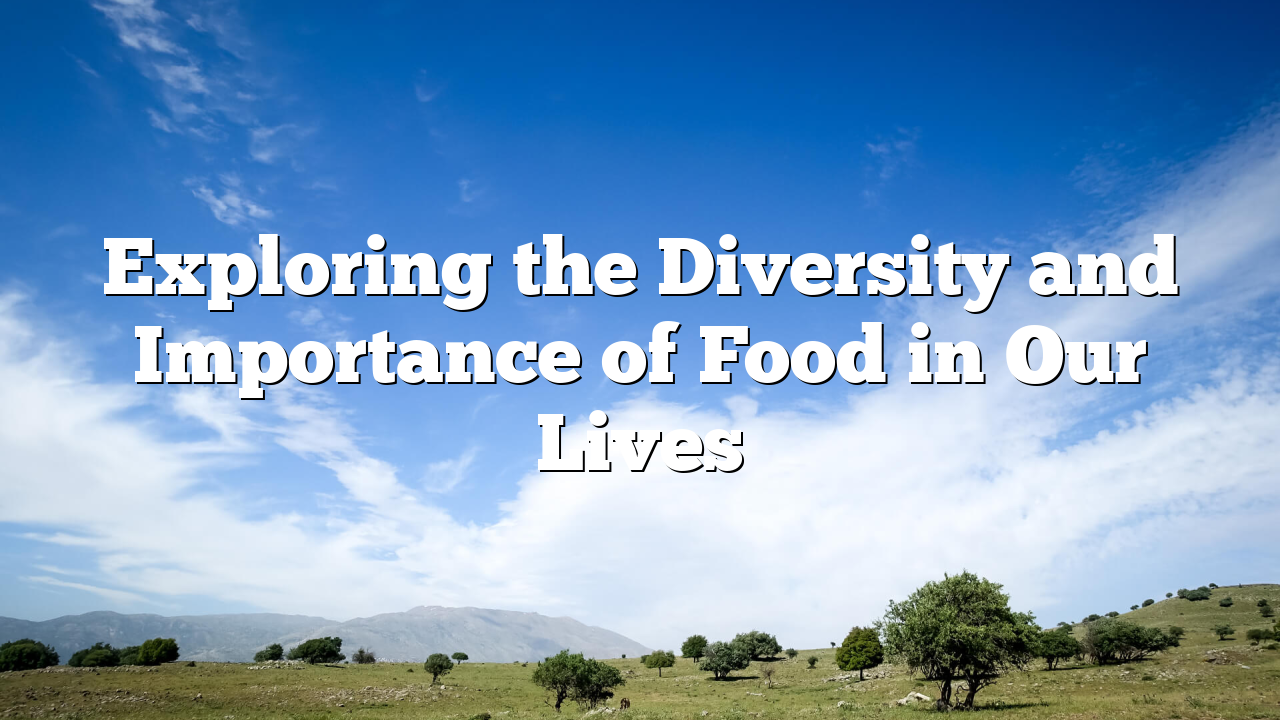
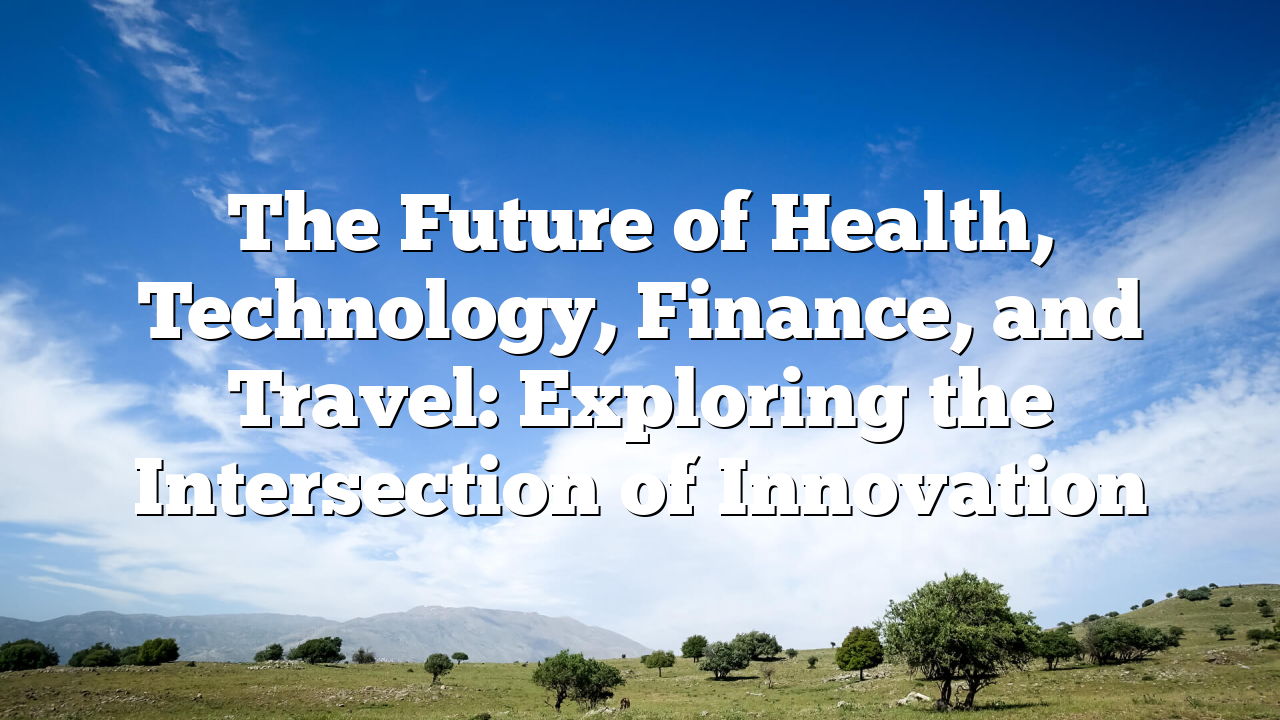


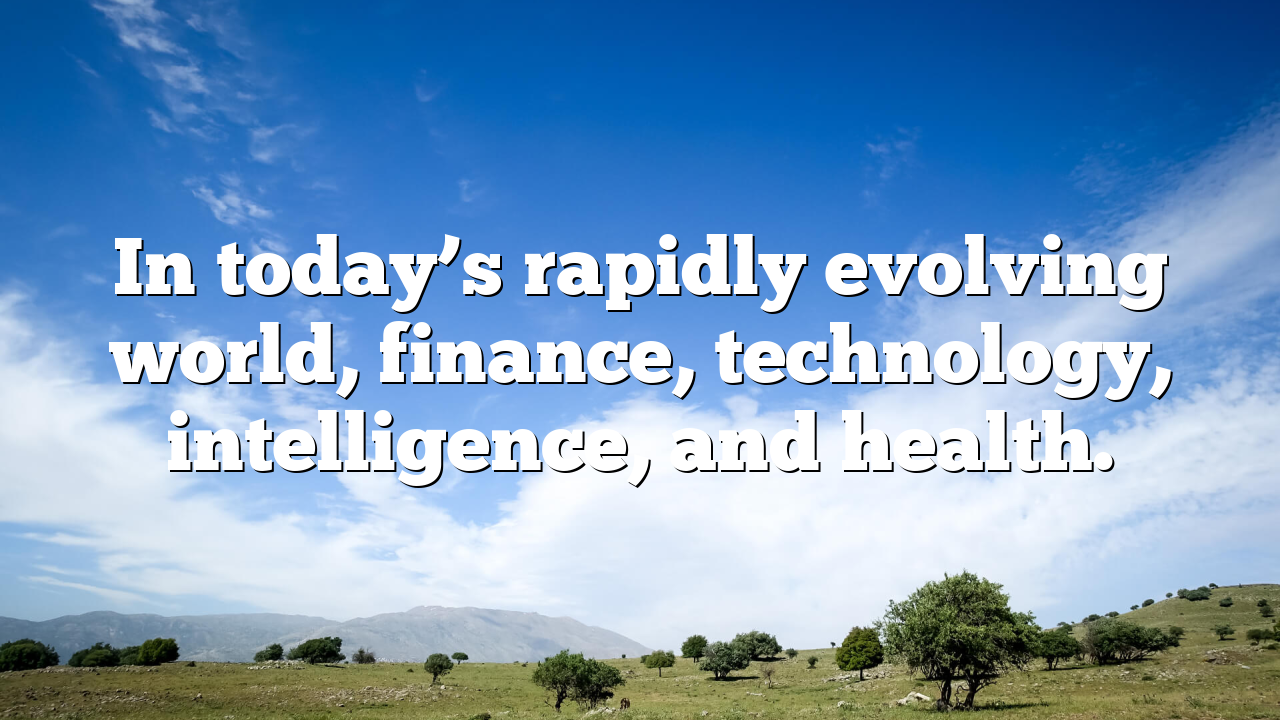

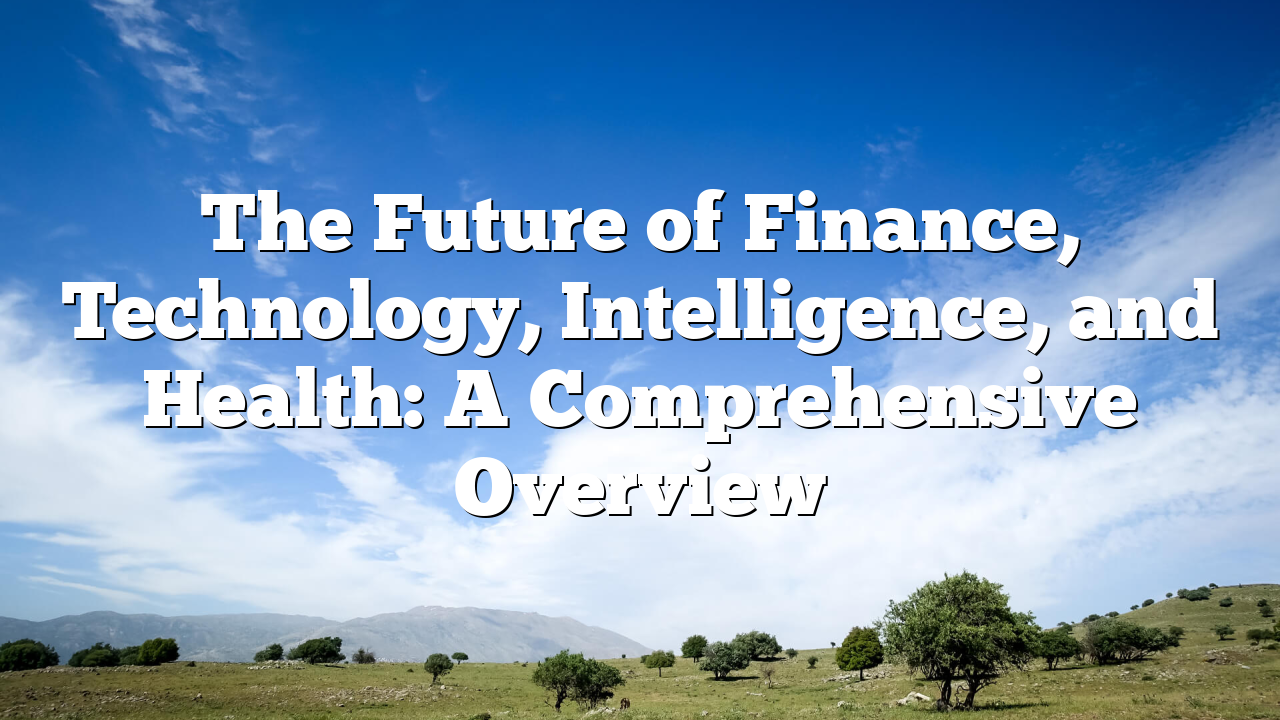
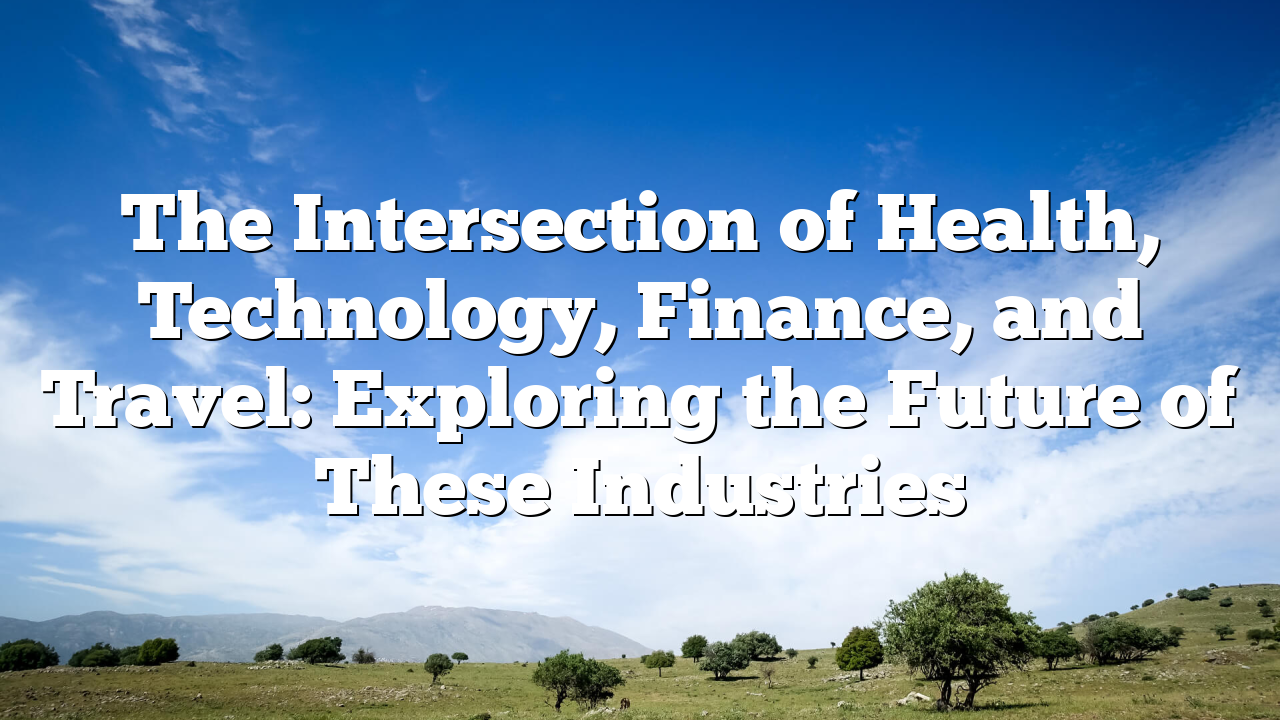

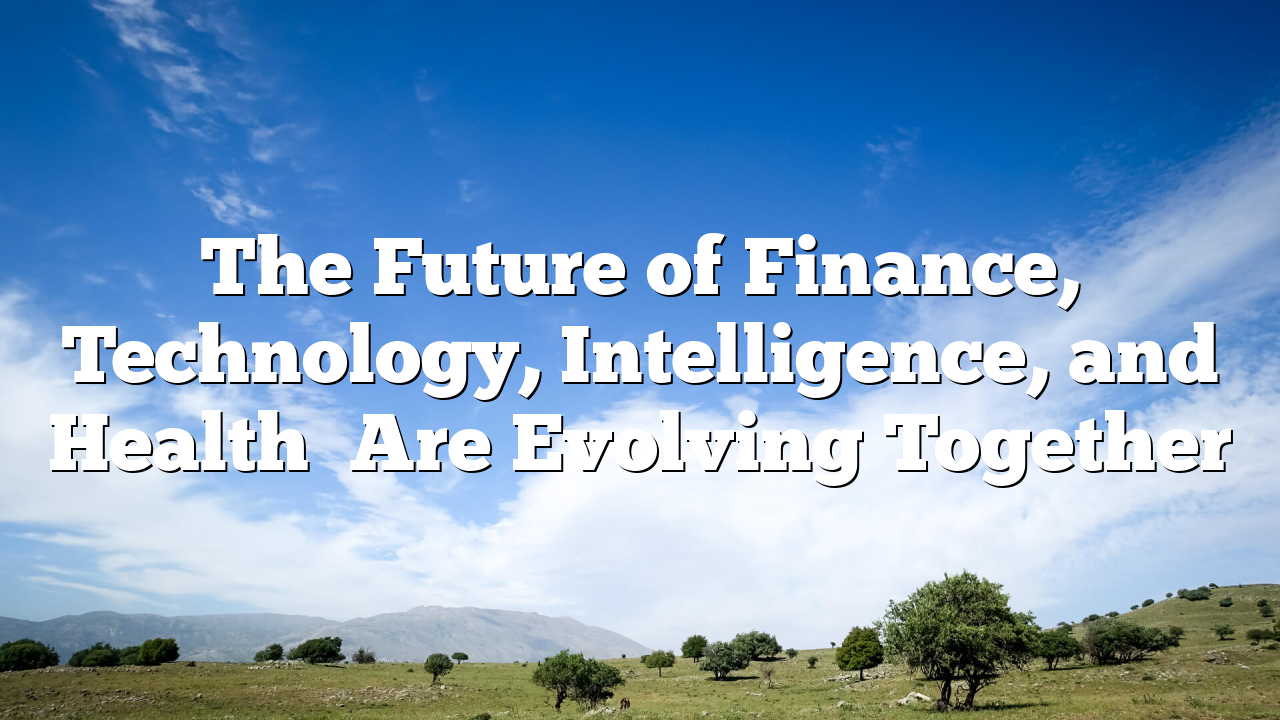

Leave a Reply